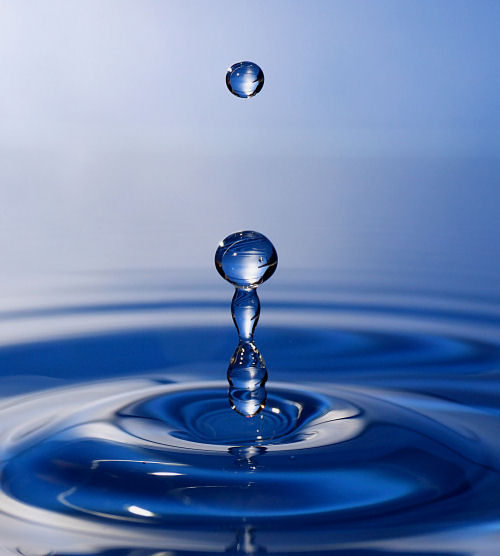Still moments are always captured with ease and pose, but high-speed moments are rather tricky to capture especially with regular cameras and that is why high speed photography comes in handy in such situations. It involves photography of quick moments that occur in split seconds, such as water drops, bullet piercing an apple, and glass breaking are all examples of images taken with high-speed photography.
 Mode of function
Mode of function
High speed photography uses ultra short time flash exposures. Flash synchronization in less than 1\6000 second time is applied in high speed photography. Here film exposure is done in split seconds. The photographic flash engaged in high speed photography works faster than normal photographic flash; it generates flash light in around a million seconds. Thus moments that occur in a fraction of a second can be captured easily with high speed photography.
How it works?
In high-speed photography, a dark room is used for exposure. The shutter opens in a dark room therefore exposure must be avoided. The time set for exposure should be long enough for action to occur, with the open shutter. As the room remains dark, the lengthy time of exposure has no impact on the final result, as no light can penetrate to the lens which protects the film. A flash is required to obtain exposure.
It is important to synchronize the flash with action so as to capture the moment in an instant. Synchronization can be done through various methods among them balloon puncture by sound which is very common. Thus high speed photography works best in trained hands as intricate details of photography skills are required to capture such moments that occur within fractions of seconds. Scientists also use high speed photography in various purposes.
